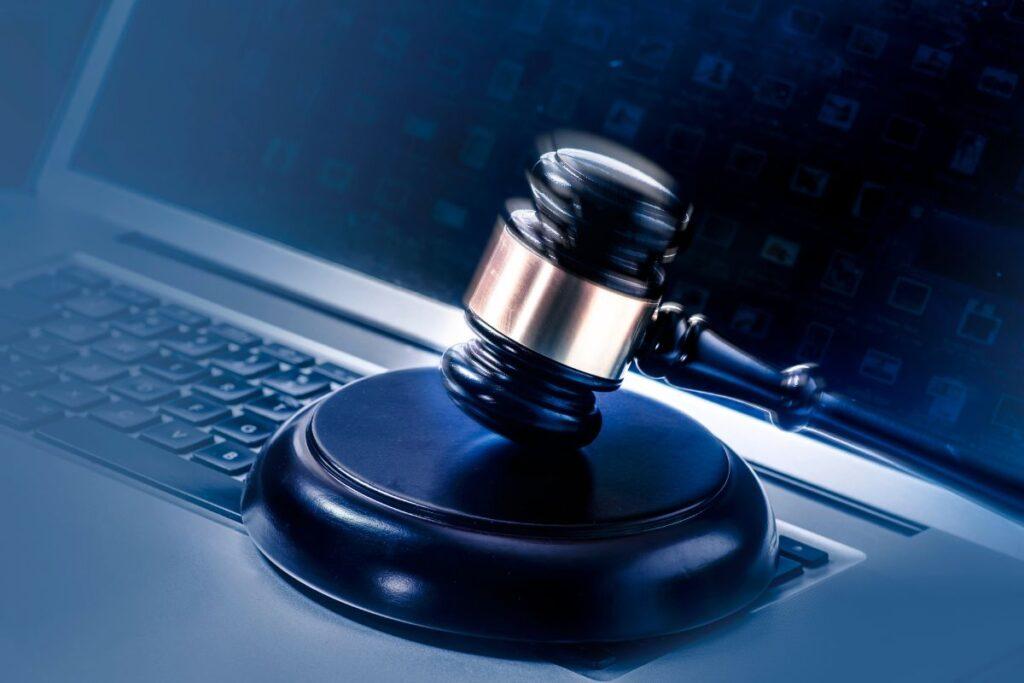Non-payment issues are a significant concern for lawyers and law firms as it directly impacts their financial stability and ability to provide quality legal services. Dealing with non-payment issues involves a step-by-step process that begins with initial communication and negotiation, then ends with litigation. Understanding each stage helps lawyers navigate through the complexities of non-payment cases effectively.

When clients fail to pay their legal bills, it can lead to strained attorney-client relationships and affect the overall functioning of the legal practice. This makes it crucial for lawyers to take prompt action in resolving such issues.
Initial Communication and Negotiation for Non-payment Issues
- Sending payment reminders and inquiries: When a client misses a payment deadline, the lawyer initiates contact by sending friendly payment reminders and inquiries. Non-payment issues arise from simple oversights or financial difficulties, and a gentle reminder can prompt clients to rectify the situation.
- Establishing open communication with the client: Lawyers must maintain open lines of communication with their clients to understand the reasons behind non-payment. By addressing concerns and offering solutions, lawyers can foster a cooperative approach to resolving the issue.
- Negotiating alternative payment arrangements: To accommodate clients facing financial challenges, lawyers can explore alternative payment arrangements. This could include setting up a payment plan, accepting partial payments, or considering a reduced fee for the services rendered. Negotiation can lead to a mutually agreeable solution that benefits both parties.
Mediation and Dispute Resolution
- Seeking assistance from a mediator to facilitate a resolution: If initial negotiations prove challenging, engaging a professional mediator can help facilitate communication and guide both parties toward a resolution. Mediation offers a less adversarial environment, allowing for constructive discussions to address the underlying issues causing non-payment.
- Identifying potential compromises or settlements: During mediation, both the lawyer and the client can present their perspectives, and the mediator can help identify potential compromises or settlements. By focusing on the core issues, a resolution can be reached without resorting to litigation.
- Documenting agreed-upon terms to avoid future disputes: Once an agreement is reached, it is essential to document the terms clearly to avoid any ambiguity or misunderstandings in the future. This written agreement serves as a binding contract, ensuring that both parties fulfill their obligations.
Escalation to Formal Demand Letters
- Drafting formal demand letters to request payment: If negotiations and mediation efforts fail to resolve the non-payment issue, the lawyer may need to escalate the matter by sending formal demand letters. These letters clearly state the amount owed, the reasons for the debt, and a specified timeframe for payment.
- Outlining legal consequences of continued non-payment: Formal demand letters often outline the potential legal consequences of continued non-payment.
- Setting deadlines for response and action: To prompt an on-time response, the demand letter typically sets a specific deadline for the client to address the issue. This creates a sense of urgency and demonstrates the seriousness of the matter.
Potential Legal Actions
- Assessing the viability of filing a lawsuit: If all attempts to secure payment fail, the lawyer must assess the viability of pursuing a lawsuit. Factors such as the amount owed, the strength of the case, and the likelihood of successfully recovering the debt are taken into consideration.
- Gathering evidence and documentation to support the case: To build a strong case, the lawyer collects evidence and documentation, including contracts, invoices, and any communication related to the non-payment issue. This evidence will be crucial in court proceedings.
- Initiating legal proceedings against the non-paying client: If the lawyer decides to proceed with a lawsuit, they file the necessary legal documents to initiate the legal action. The client is then served with a summons and complaint, initiating the litigation process.
Pre-Trial Strategies for Non-payment Issues
- Preparing for legal proceedings and court appearances: Before the trial commences, the lawyer prepares the case thoroughly. This involves strategizing and anticipating potential arguments from the opposing party.
- Evaluating opportunities for settlement before going to trial: Even during the litigation process, lawyers may continue to explore opportunities for settlement. Settling before trial can save both parties time, money, and emotional stress.
- Engaging in further negotiations or mediation: Throughout the pre-trial stage, lawyers may engage in further negotiations or return to mediation to attempt resolution. Settling before trial remains an option as long as both parties are willing to negotiate.
Court Proceedings and Litigation
- Presenting the case before a judge or jury: If the case proceeds to trial, the lawyer presents the evidence, arguments, and witness testimonies before a judge or jury to make a compelling case for payment.
- Providing evidence of non-payment and its impact: During the trial, the lawyer must demonstrate that the client indeed owes the debt and how the non-payment has negatively affected the lawyer’s practice or finances.
- Seeking a judgment in favor of the lawyer or law firm: The goal of the litigation process is to obtain a judgment in favor of the lawyer or law firm, compelling the client to pay the outstanding debt.
Post-Judgment Collection
- Pursuing post-judgment remedies to collect owed fees: After securing a judgment, the lawyer may need to pursue post-judgment remedies to collect the owed fees. This may involve garnishment of wages, placing liens on property, or other legal means of enforcement.
- Garnishment, liens, or other legal means of enforcement: The lawyer works within the legal system to enforce the judgment, ensuring that the client fulfills their financial obligation.
- Ensuring compliance with court orders and deadlines: Throughout the collection process, the lawyer ensures that the client complies with court orders and meets the deadlines set by the court for payment.
Alternative Dispute Resolution for Non-payment Issues
- Revisiting mediation or settlement options after a judgment: Even after securing a judgment, the lawyer may consider revisiting mediation or settlement options if the client demonstrates a willingness to pay but faces continued financial hardship.
- Exploring creative solutions to resolve the non-payment issue: Lawyers may explore creative and mutually beneficial solutions to resolve the non-payment issue, such as bartering services, extending the payment period, or accepting non-monetary compensation.
- Negotiating a payment plan or an agreed-upon resolution: By entering into a payment plan or reaching an agreed-upon resolution, both parties can avoid further legal expenses and preserve their professional relationship.
Resolving non-payment issues with clients is a multi-faceted process that requires patience, communication, and a willingness to explore alternative solutions. Open communication is key to resolving non-payment issues at the earliest stage possible. Both lawyers and clients should be clear about payment expectations from the outset of the attorney-client relationship.
Keep Reading: How to Handle Your Divorce Without a Lawyer? Tips and Tricks for Going Solo






